| Structure | Name/CAS No. | Articles |
|---|---|---|
 |
Glycerol
CAS:56-81-5 |
|
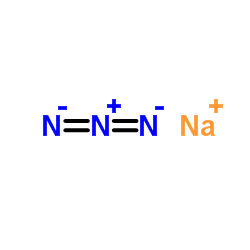 |
Sodium azide
CAS:26628-22-8 |
|
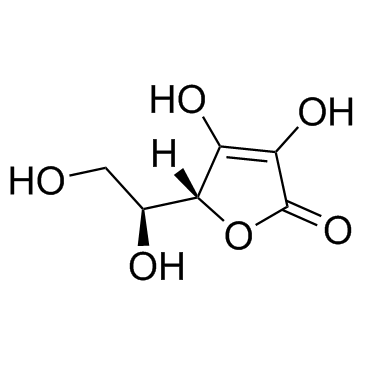 |
Ascorbic acid
CAS:50-81-7 |
|
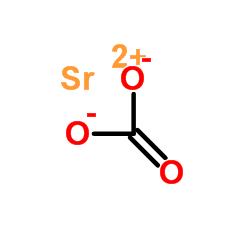 |
Strontium carbonate
CAS:1633-05-2 |
|
![5-(((2,5-DIOXOPYRROLIDIN-1-YL)OXY)CARBONYL)-3-OXO-3H-SPIRO[ISOBENZOFURAN-1,9'-XANTHENE]-3',6'-DIYL DIACETATE Structure](https://image.chemsrc.com/caspic/155/150206-05-6.png) |
5-(((2,5-DIOXOPYRROLIDIN-1-YL)OXY)CARBONYL)-3-OXO-3H-SPIRO[ISOBENZOFURAN-1,9'-XANTHENE]-3',6'-DIYL DIACETATE
CAS:150206-05-6 |
|
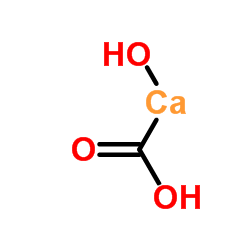 |
calcium carbonate
CAS:471-34-1 |
|
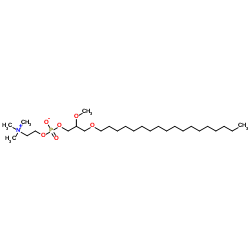 |
Edelfosine
CAS:70641-51-9 |
|
 |
Hydrocortisone
CAS:50-23-7 |
|
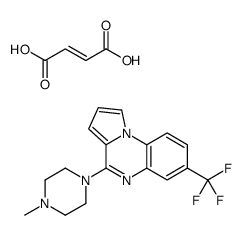 |
CGS-12066 maleate
CAS:1350965-83-1 |
|
 |
5-Carboxyfluorescein diacetate N-succinimidyl ester
CAS:150347-59-4 |